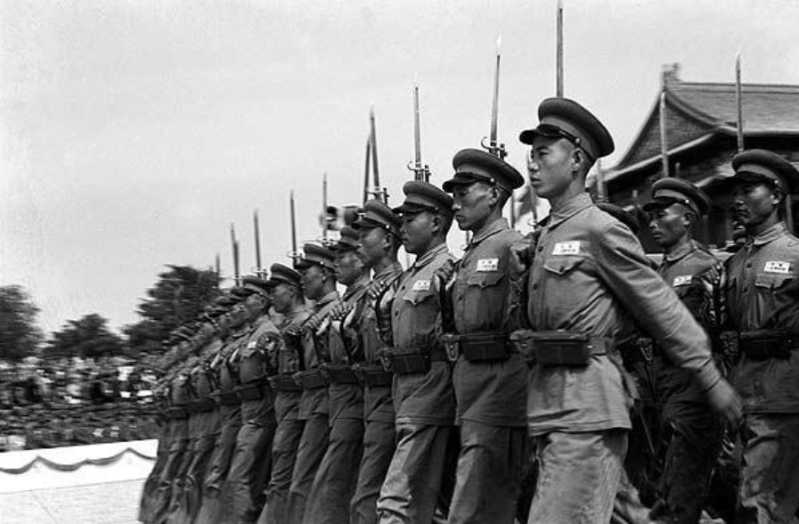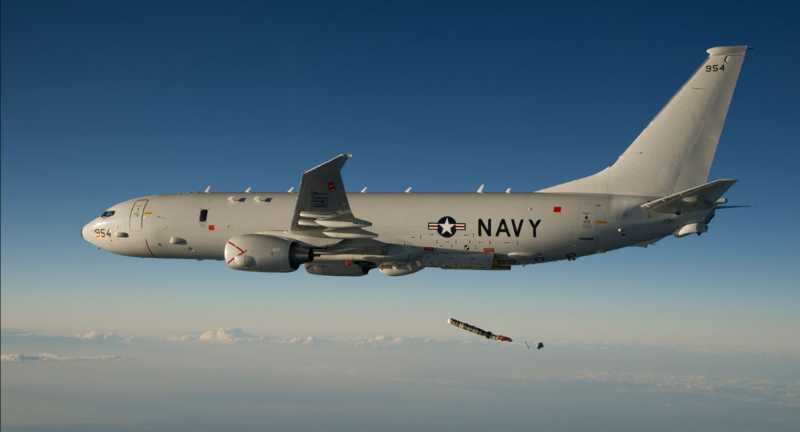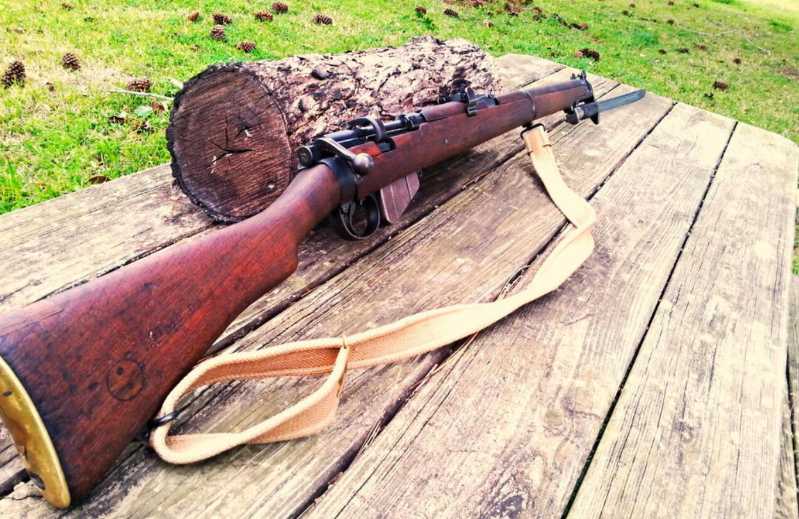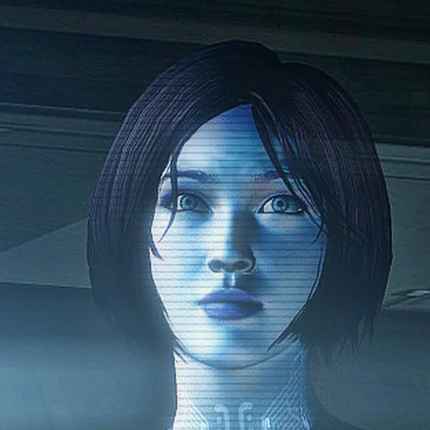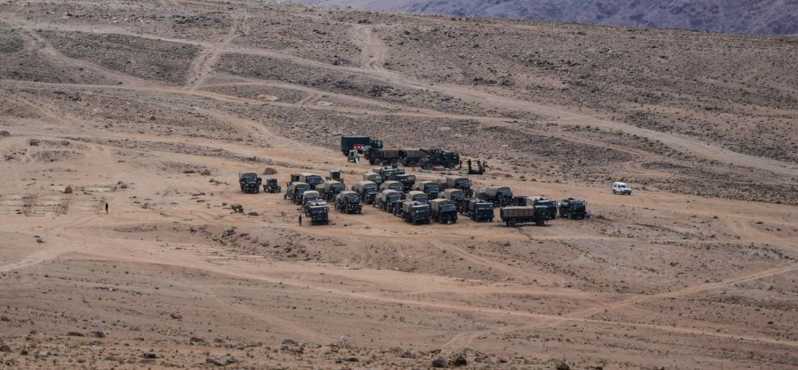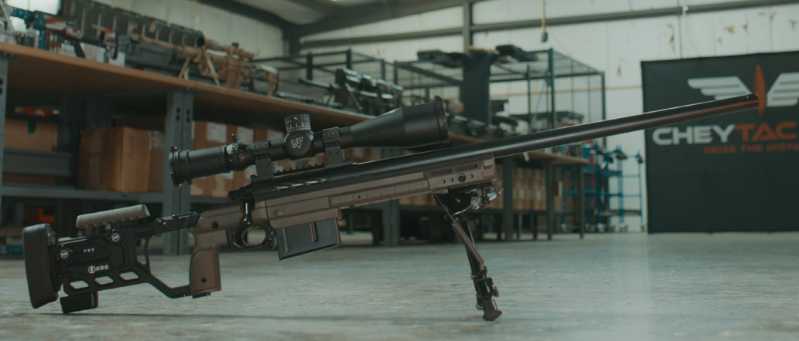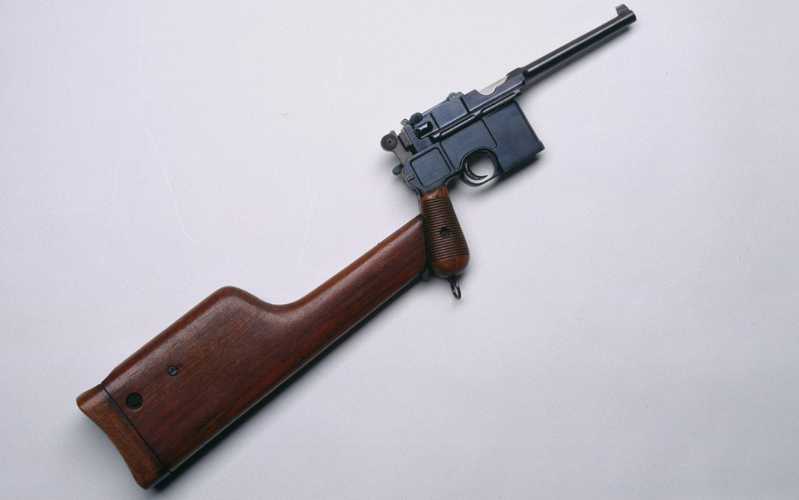From the eve of the founding of the People’s Republic of China in 1949 to the end of 1950, most of the large and medium-sized cities in the country had been liberated, but the situation was still complicated. The task of taking over and defending these cities fell on the PLA and public security agencies at all levels. How were these public security agencies established and formed? What specific tasks did they undertake? What unknown past events happened?
Establishment and composition
In order to adapt to the situation of the impending victory of the War of Liberation and to unify the leadership of public security work across the country, on July 6, 1949, the Central People’s Revolutionary Military Commission (abbreviated as the Central Military Commission) decided to establish the Ministry of Public Security under the Central Military Commission, and Luo Ruiqing was appointed as the Minister of the Ministry of Public Security of the Central Military Commission. The specific business work of public security protection was divided out from the Central Social Department and was under the charge of the Ministry of Public Security of the Military Commission. After the founding of New China, the Ministry of Public Security of the Military Commission was changed to the Ministry of Public Security of the Central People’s Government, and Luo Ruiqing was appointed as the Minister of the Ministry of Public Security.
The situation and social security situation faced by Beiping at that time were very complicated. The public security armed forces responsible for guarding the CPC Central Committee and maintaining Beiping’s social security were the Beiping City Patrol Corps and the 207th Division, which were reorganized from the Central Guard Regiment and the North China Military Region Infantry School. In order to adapt to the new situation and tasks, Luo Ruiqing suggested the establishment of the Chinese People’s Public Security Central Column to take on the task of central guard and armed protection of the capital.
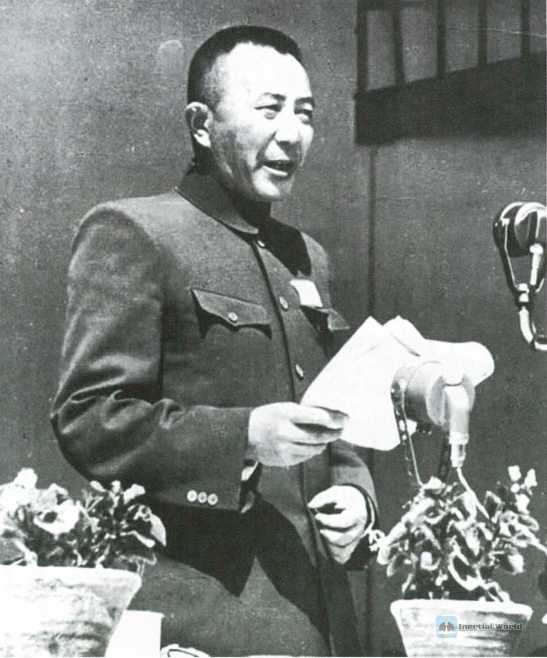
On August 31, 1949, the Chinese People’s Public Security Central Column and its 1st and 2nd Divisions were established on the same day. The 1st Division was reorganized from the 207th Division, and the 2nd Division was composed of the original Central Guard Regiment and the Northeast Military Region’s Independent 8th Regiment. The Public Security Central Column was affiliated to the Central Military Commission.
On September 29, 1949, the "Common Program" adopted by the first plenary session of the Chinese People’s Political Consultative Conference stipulated: "The People’s Republic of China establishes a unified army, namely the People’s Liberation Army and the People’s Public Security Force, which is under the command of the People’s Revolutionary Military Commission of the Central People’s Government."
According to this spirit, in April 1950, the Central Political Bureau decided to reorganize the People’s Liberation Army and reorganize the army into the National Defense Army and the Public Security Force. The public security force is mainly responsible for eliminating the remnants of bandits, defending the regime, maintaining social order, and defending the construction of the motherland. The national public security force has initially formed a system of regular public security forces, local public security forces and border defense public security forces. Regular public security forces are all named "Chinese People’s Liberation Army"; local public security forces are called "Chinese People’s Public Security Forces" and named after the region where they are located.
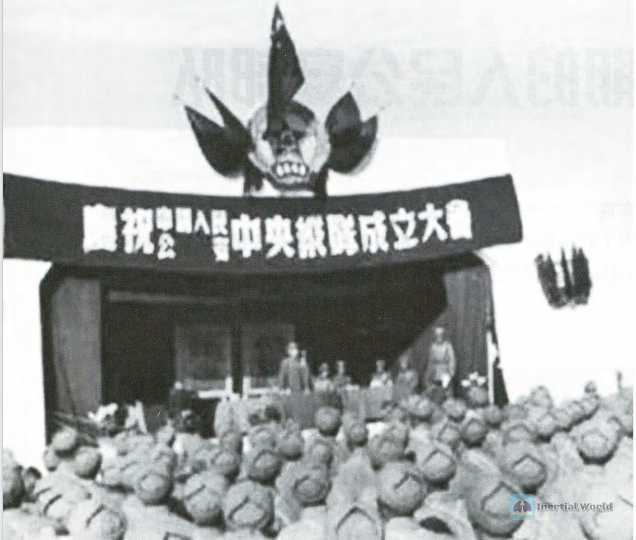
On December 10, 1951, the Central Committee of the Communist Party of China and the Military Commission approved the "Decision on the Reorganization of People’s Public Security Organs, People’s Police and People’s Public Security Forces at All Levels" by the Ministry of Public Security and the Public Security Command of the People’s Liberation Army. After this reorganization, all public security forces were incorporated into the organizational sequence of the Chinese People’s Liberation Army. The leadership of the national public security forces and internal security and border defense work was unified. The public security forces established and improved command organizations at all levels and strengthened the division of labor and cooperation with all parties. The military and political construction of the public security forces has been strengthened, and the work of internal security, border defense and public security forces has entered a new height.
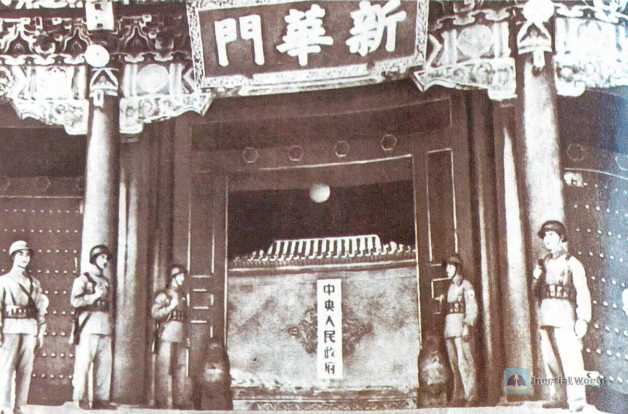
Specific responsibilities
In the early days of the founding of the People’s Republic of China, the public security forces played a very positive role in defending the state power and economic construction, consolidating the people’s democratic dictatorship, and guarding the vast borders of the motherland. Many soldiers have experienced long-term revolutionary wars and have made great contributions to the motherland and the people, but they did not become complacent and enjoy themselves on the merits. Instead, they put aside this concept, continued to work hard, and always be vigilant against the movements of enemies at home and abroad to defend the construction of the motherland and the happy life of the people.

The guard and protection tasks they undertake are very heavy. From the Central People’s Government and government agencies at all levels to factories, mines, railways, bridges, airports, warehouses, stations, docks, etc., they can be seen in these places. For example, in the construction sites of the factories of the famous Anshan Iron and Steel Company in the 1950s, there was not only a team of workers who worked tirelessly to create wealth for the motherland and engage in intensive construction, but also a People’s Liberation Army public security force that performed guard work to protect the safety of the factory.
This force began to take on the responsibility of protecting the restoration, construction and production of "Anshan Iron and Steel" when it participated in the battle to liberate Anshan in 1948. When "Anshan Iron and Steel" began to be built, in addition to the heavy guard tasks, the officers and soldiers also assisted the workers in smashing ore, repairing railways and building blast furnaces. Their patriotic enthusiasm for work has been constantly praised by the workers and praised by their superiors.
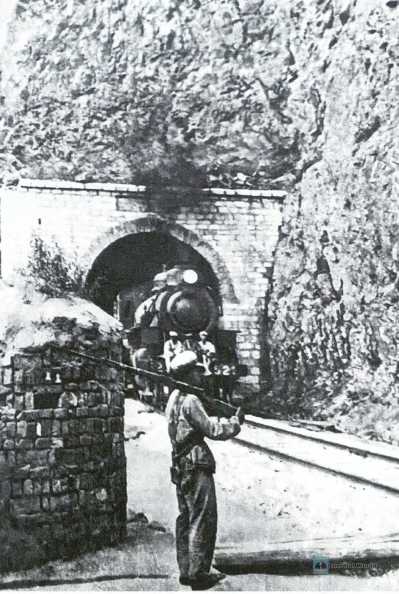

Once, the molten iron of a furnace overflowed from the tank. The officers and soldiers, like the workers, immediately rushed to rescue it, because they knew that the molten iron overflowed from the tank and flowed onto the rails, which would not only burn the sleepers, but also solidify the rails, affecting transportation and production. In order to prevent the loss of national wealth, the officers and soldiers did not care about the red molten iron scorching their clothes and scalding their skin. They immediately used shovels to divert the flowing molten iron to both sides of the rails, and broke the solidified molten iron while it was hot, and then fished it out with iron fishing rods. In the heat wave, some soldiers were dizzy and could not open their eyes, but they still struggled with the boiling molten iron. With the joint efforts of the workers, they finally completely cleared the overflowing molten iron, ensuring that transportation was not interrupted and the rails were safe.
In those years, the officers and soldiers of this public security force not only supported the construction of "Anshan Iron and Steel" with their active labor, but also protected the safety of "Anshan Iron and Steel" with their alertness and bravery. Among them, six were rated as model workers by the workers, and five were rated as factory protection models. Meng Tai, a famous national special model worker and an old worker of "Anshan Iron and Steel", praised: The restoration, reconstruction and development of "Anshan Iron and Steel", and every new achievement of "Anshan Iron and Steel" are inseparable from the public security forces.
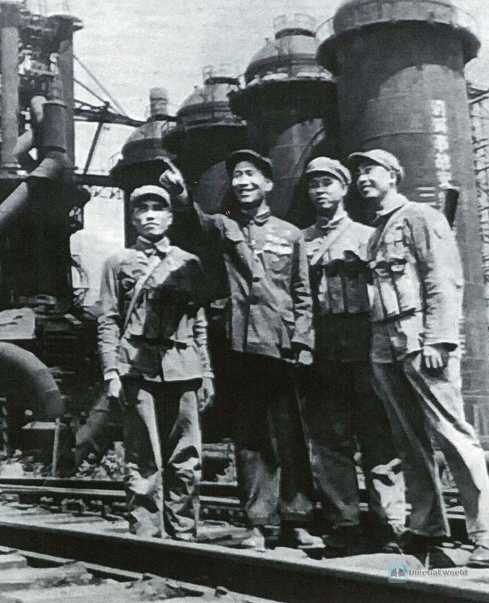
Public Security Forces in the War to Resist US Aggression and Aid Korea
In October 1950, the Chinese People’s Volunteers went to Korea. As the front line advanced, the rear supply line continued to extend. According to the needs of the situation, the Central Military Commission decided to send public security forces to Korea (before we only knew that the War to Resist US Aggression and Aid Korea was all volunteer combat forces). During the War to Resist U.S. Aggression and Aid Korea, the public security forces of the Volunteer Army mainly undertook combat duties in the rear of the battlefield, maintaining public security and order in the battlefield and the rear, negotiating guards, monitoring enemy aircraft, escorting materials, ensuring transportation safety, eliminating bandits and special agents, air defense and road protection, guarding cities, picketing and law enforcement, and guarding prisoners. Here we only talk about the two items of negotiation guards and air defense and road protection.
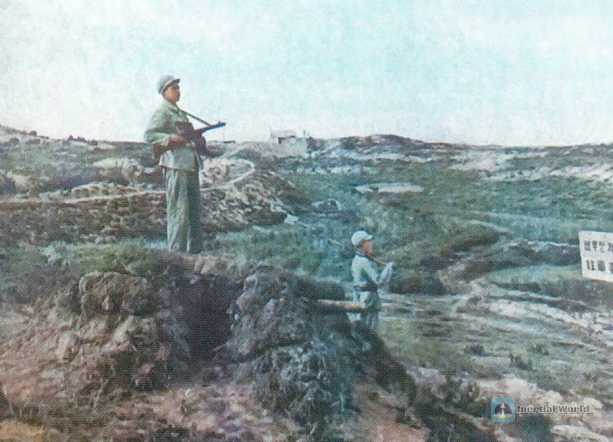
Guarding the Kaesong and Panmunjom negotiation delegations and taking on the military police tasks of the negotiation venue area began before the armistice. Before and after the armistice, the public security forces successively took on special tasks such as military police at the armistice negotiation venue, rear port guards and inspections, and escorting neutral country inspection team personnel.
In May 1953, the Military Commission Public Security Command instructed that two platoons of the First Public Security Division be assigned to take on the guard task of the Armistice Commission headquarters. The First Public Security Division selected dozens of squad leaders or veteran soldiers who were politically reliable, well-dressed, and physically strong to form a military police team. After a period of study and training, they entered Panmunjom in June to serve as military police in the armistice negotiation venue. At that time, the conditions of the duty squad were not only low in living standards compared to the enemy troops, but also in transportation conditions. Every time the enemy soldiers went on guard, they rode in jeeps, while the Chinese started on foot and later took long cars.
During the duty, the enemy personnel chewed gum in their mouths and often made some provocative movements. Faced with this situation, the Chinese cadres and soldiers were neither humble nor arrogant, and responded to the enemy’s provocation in a timely manner, which made them feel a sense of fear. When repatriating prisoners of war, some enemy prisoners of war made unreasonable troubles and even beat up the military police on the North Korean side who were on guard duty, but they did not dare to act rashly against the duty personnel of the Chinese People’s Volunteer Army Public Security Force.
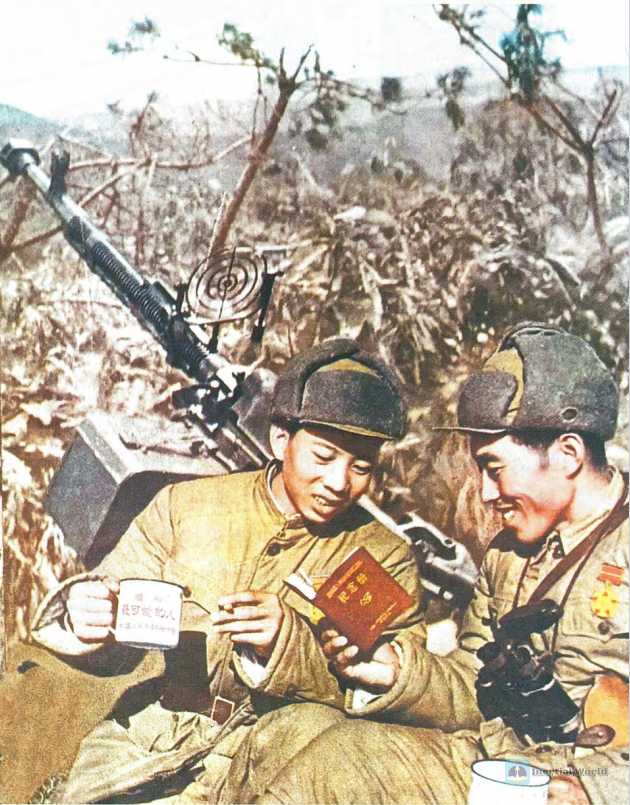
In the Korean battlefield, due to the strict blockade of our transportation lines by enemy aircraft, our air force was small and our air defense weapons were weak, and we could not control the air. Transportation, material loading and unloading, and bridge and road construction in the rear of the battlefield were mainly carried out at night. Cars cannot turn on their lights when driving at night, and the speed is very slow, and the transportation efficiency is extremely low, which seriously affects the supply of materials to the front-line troops. Moreover, when driving with lights off at night, accidents such as crashes, rollovers, and traffic jams also occur from time to time.
In order to solve the problem of driving with lights on at night under the threat of enemy aircraft, the public security forces have summarized the method of firing guns at air defense posts in practice. That is, on the highway transportation line, an air observation post is set up at a certain distance to monitor the activities of enemy aircraft. At that time, the enemy mostly used subsonic aircraft. When the enemy planes came, the sound of the engine could be heard from a certain distance. The air defense sentry immediately fired a gun to warn the enemy planes, and the cars on the road immediately turned off the lights, so that the enemy planes could not find the target. After the enemy planes flew over, the air defense sentry blew a whistle or knocked on the shells to send a signal to the passing cars to cancel the alarm, and the cars resumed driving with lights on. So every night, you can often see such a scene: "Fire dragons" running on the highway. Once the enemy planes approached, a few gunshots were fired, and the "fire dragons" disappeared immediately, leaving the enemy planes in the air helpless. In the army, there was a song that was sung specifically for air defense sentries: "Since the air defense sentry was established, all roads are unobstructed, and the Korean battlefield is busy with transportation. I guarantee that you will fight and win to the front."
On July 18, 1955, the Ministry of National Defense announced that the former Chinese People’s Liberation Army Public Security Force was renamed the Chinese People’s Liberation Army Public Security Army, becoming a new branch of the Chinese People’s Liberation Army. Its mission is to continue to assume all the functions of the original public security forces under the leadership of the Central Military Commission and the State Council. Of course, it has undergone many changes since then, which is beyond the scope of this article.


